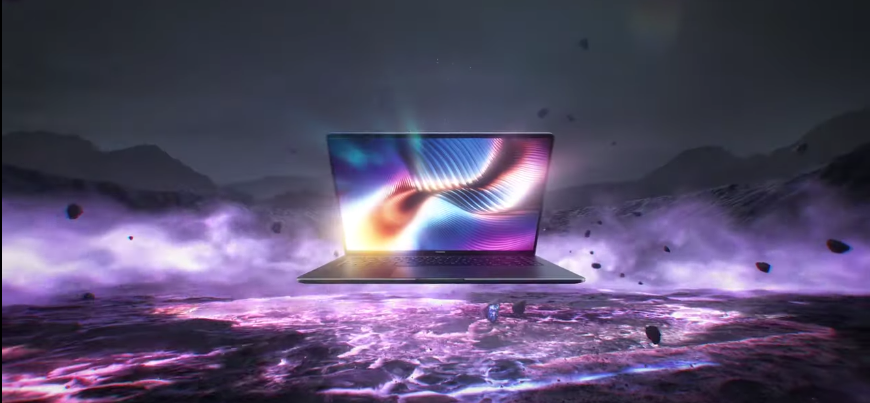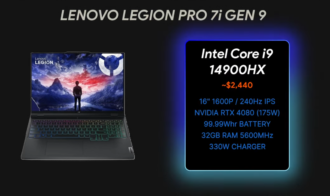Xiaomi Notebook Pro Review
Xiaomi’s laptop efforts appear to mirror the company’s characteristic strategy in the smartphone market: to try to provide the most value possible for the least amount of money. Purchasing a new laptop is more complicated than acquiring a new mobile device, such as a phone, because individuals tend to upgrade their computers less frequently than their mobile phones. The Notebook Pro 120G is the most recent offering from Xiaomi, and it is very well-equipped for the price. Is this the one you’ve been trying to find?
Xiaomi Notebook Pro Specifications
| Display | 14.00-inch |
| OS | Windows 10 Home |
| RAM | 8GB |
| Processor | Core i5 |
| Resolution | 2560×1600 pixels |
| SSD | 512GB |
| Weight | 1.40 kg |
| Dimension | 315.60 x 220.40 x 17.30 |
| Price | ₹44,999 |
Pros:
- Durable construction and an uncluttered look
- Powerful 100W keyboard charging system
Cons:
- Turns hot under pressure.
- Insufficient USB ports; no 720p webcam
Design
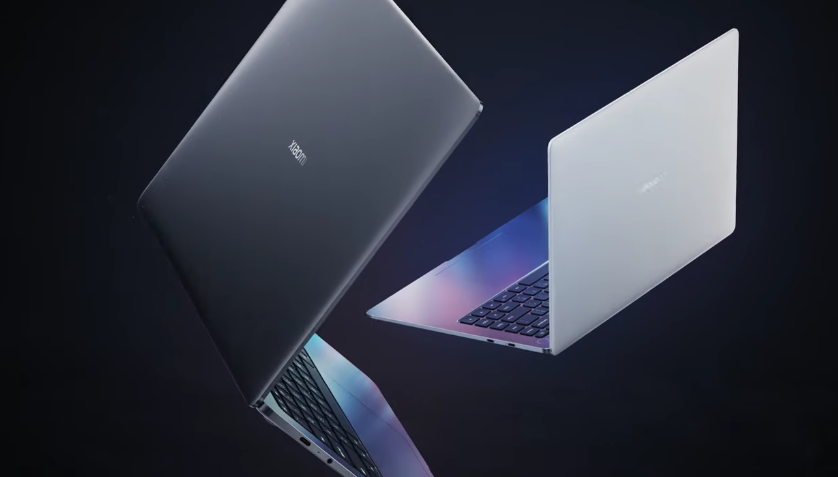
The Xiaomi Notebook Pro 120G takes design cues from Apple’s latest MacBook Pro models (4th Gen). If you took the Xiaomi logo off the top, anyone would mistake it for a MacBook. So long as aesthetics, ergonomics, and durability are not compromised, we have no problem with the laptop sharing a design language with other devices. However, Xiaomi has achieved a level of artistry and build quality that is on par with Apple’s MacBooks. The Xiaomi Notebook Pro 120G is made out of aerospace-grade class 6aluminiumm, making it seem and feel expensive. The CNC precision-cut pattern presents itself as simple and uncluttered. The notebook only comes in a single shade of sandblasted dark grey and has a smooth, almost velvety feel.
Portable and Minimalist
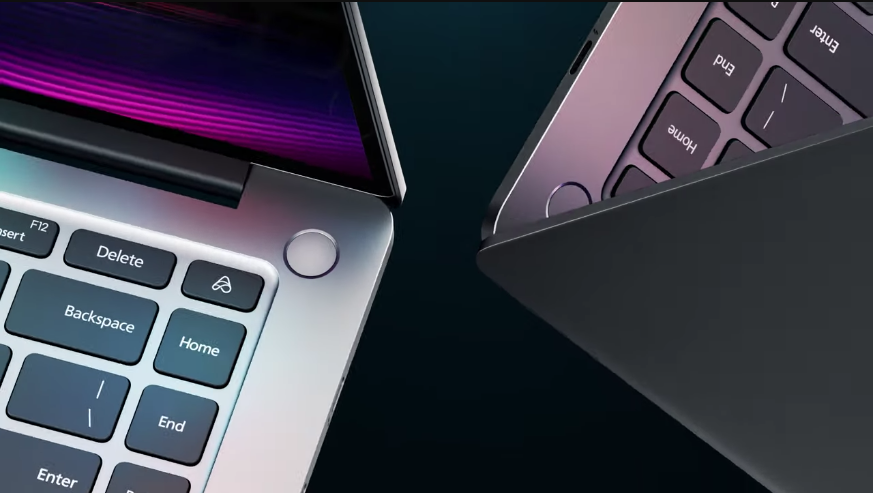
Xiaomi could have done wellbyotryingy out some different hues. A matte black finish would complement this design well. The notebook’s dimensions and weight contribute to its portability and comfort: 1.4 pounds and 15.9millimetress. It’s not the sleekest or lightest laptop in its class, but it’s compact enough that carrying it around in a backpack won’t be a problem.
Streaming Video and Sound
Though it places a premium on media and work, the Notebook Pro 120G does not scrimp on necessities. The laptop has a 720p high-definition camera and a stereo sound system with dual drivers and DTS compatibility. The 720p webcam on the Xiaomi Notebook is sufficient for online conferences; however, Xiaomi might have incorporated a 1080p camera for better results. Xiaomi has a track record of releasing devices with superior specs compared to the competition, so we expect this to be the case again. In terms of sound quality, the speakers are powerful enough but lack the nuance of a well-balanced system. These are the standard laptop speakersetupsp (although louder), and they sound flat but serve their purpose for light multimedia use. You may fine-tune the sound quality by using the DTS Audio Processing software.
The Structural Design

The new notebook’s focus on efficiency means it includes a few extra connectors than usual, but they’re not great. There is a 3.5mm headphone jack, a Type-A USB 3.1 Gen 1 connector, a Thunderbolt 4 port (for super-fast data transfers and charging), a Type-C USB 3.2 Gen 2 port, an HDMI 2.0 port, and a USB 3.1 Gen 2 port. Neither wired Ethernet nor an SD card reader is present on the laptop. The lack of a second Type-A USB connector is disappointing, and having to rely on only one USB-C port for charging means that other connections will have to be made through the power supply. Laptop Pro 120G from Xiaomi
Display
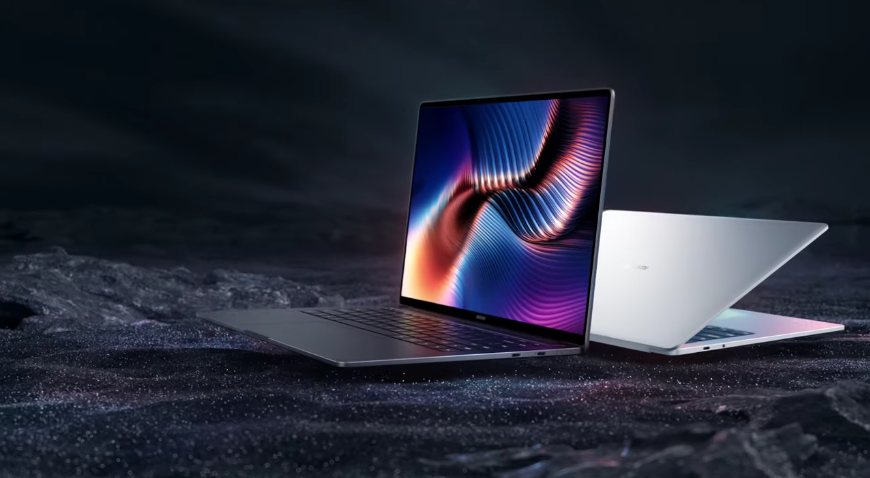
The Xiaomi Notebook Pro 120G has a decent screen for the price, but it might be better. Compared to a 70K–75K laptop in 2022, it lacks peak brightness and contrast levels but excels in smoothness andcolourr richness. Accomi, th says Notebook Pro 120 covers the entire sRGB colour gamut. In bright environments, the 8-bit Quad HD display of the laptop shines. The Quad HD display loses some of itslustrer in bright environments, such as brightly lit rooms or direct sunlight. It doesn’t look like even the brightest setting is enough. The matte finish may affect the LCD panel’s contrast and colour output, despite its benefits in reducing reflections and enhancing visibility from the edges. The matte display on Xiaomi’s high-end laptop will disappoint those who want glossy images.
Disabling High Dynamic Range
Unfortunately, the high-end Xiaomi laptop lacks HDR capability. The HDR streaming feature built into Windows can enablespecificn HDR effects in HDR-compatible programs like HDR, but the results aren’t great. The 14-inch display has a 16:10 aspect ratio, making up 88% of the visible area. Since the 3:2 ratio provides somewhat extra space, several companies havetransitionedn.
Performance
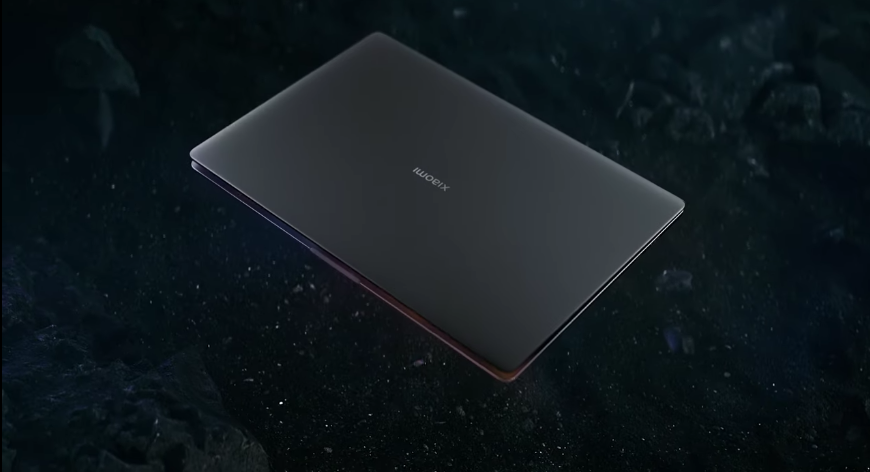
Window animations, page scrolling, and other Microsoft tools and native UI features are silky smooth. The 120 Hz frame rate is enough to make this laptop appealing, but it does negatively impact battery life. Later in the review, we’ll delve into this topic extensively. Display refresh rates of 60 Hz, 90 Hz, and 120 Hz are selectable.

